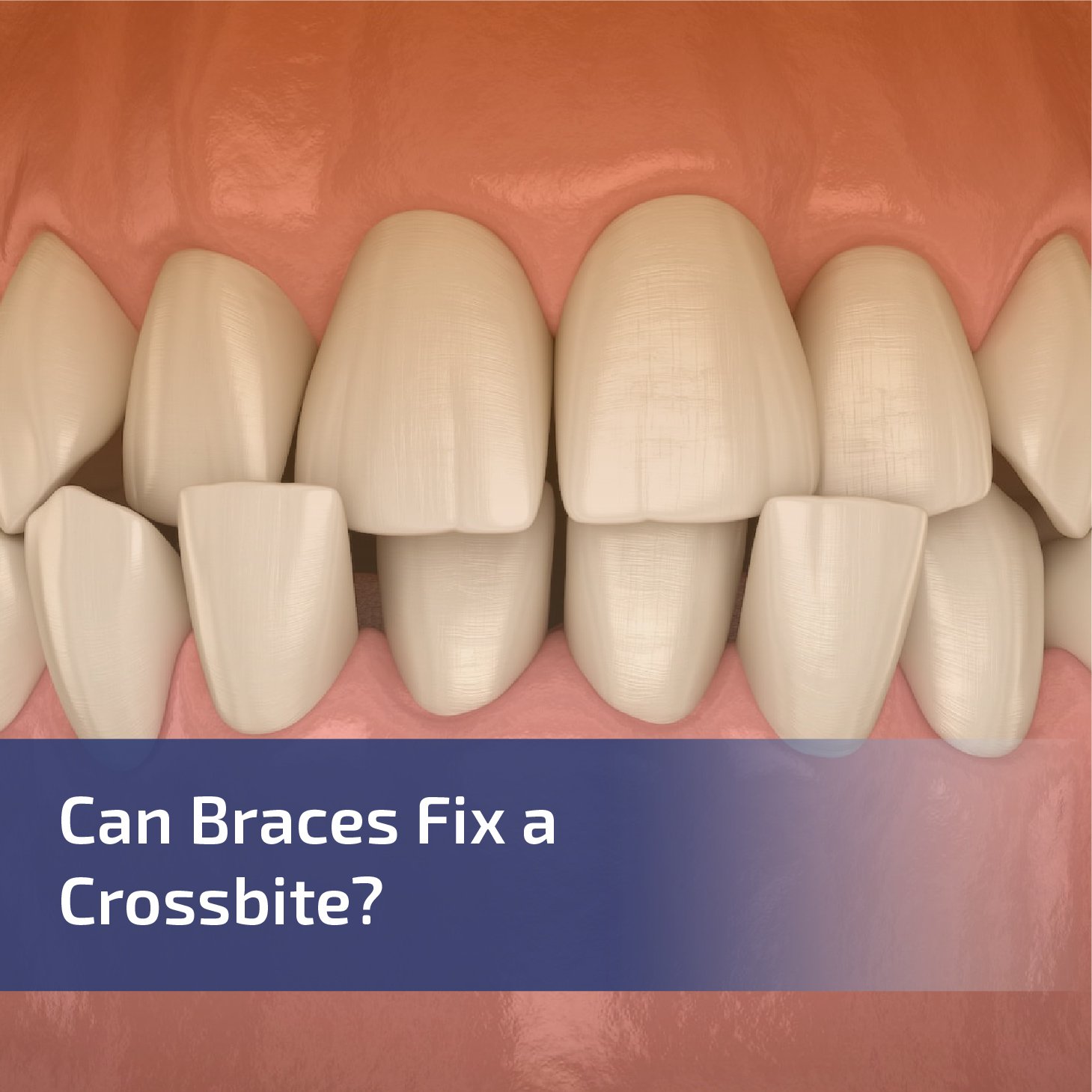
In the world of orthodontics, crossbites are a common dental issue that many people face. A crossbite occurs when the upper teeth fit on the inside of the lower teeth when biting down. This misalignment can cause various problems, such as difficulty in chewing, jaw pain, and aesthetic concerns.
Fortunately, orthodontic treatments like braces can help fix crossbites and restore proper dental alignment. In this article, we will explore the effectiveness of braces in fixing crossbites and address some frequently asked questions related to this topic.
Yes, braces can effectively fix a crossbite. They are a tried and tested orthodontic treatment option that has been successfully used to correct various dental alignment issues, including crossbites. Braces work by gradually applying pressure to the teeth, guiding them into their proper positions. By exerting this gentle force, braces can correct the misalignment of teeth and jaws, ultimately resolving the crossbite.
How Do Braces Fix a Crossbite?
Braces consist of brackets that are attached to the teeth and connected by archwires. These components work together to apply consistent pressure to the teeth, gradually moving them into their correct positions.
When it comes to fixing a crossbite, braces can achieve this by applying force to the misaligned teeth and guiding them back into alignment with the opposing teeth.
Over time, the pressure exerted by braces encourages the bones and tissues to adapt, allowing the teeth to shift into their proper places.
The Process of Fixing a Crossbite with Braces
Fixing a crossbite with braces typically involves several steps. Let’s take a closer look at the process:
1. Consultation and Examination
The first step is to schedule a consultation with an orthodontist. During this visit, the orthodontist will examine your teeth and jaw to determine the severity of the crossbite. They may take X-rays, photographs, or digital scans of your mouth to get a better understanding of the misalignment.
2. Treatment Plan Development
Based on the examination, the orthodontist will develop a customized treatment plan tailored to your specific needs. They will explain the duration of the treatment, the types of braces recommended, and any additional procedures that may be required.
3. Braces Placement
Once the treatment plan is established, the next step is to have the braces placed. The orthodontist will attach brackets to the teeth using dental adhesive. Then, they will thread archwires through the brackets, securing them in place with elastic bands or other types of ligatures.
4. Regular Adjustments
After the braces are placed, regular visits to the orthodontist will be necessary. During these appointments, the orthodontist will make adjustments to the braces by tightening or replacing the archwires. These adjustments help to continue the process of shifting the teeth into their proper positions.
5. Completion and Retention
Once the teeth have reached their desired alignment, the orthodontist will remove the braces. To prevent the teeth from shifting back into their original positions, the orthodontist may recommend wearing retainers. Retainers are custom-made devices that help maintain the newly achieved alignment.
Advantages of Using Braces for Crossbites
Using braces to correct crossbites offers several advantages. Here are the advantages of using braces for crossbites:
1. Improved Oral Function:
Correcting a crossbite can improve chewing and overall oral function. Misaligned teeth can make it difficult to chew food properly, which can lead to digestive issues.
2. Reduced Wear and Tear:
Crossbites can lead to uneven wear of the teeth. Over time, this can erode the enamel, making teeth more susceptible to decay and sensitivity. Braces can help align the teeth, distributing bite forces evenly.
3. Enhanced Appearance:
A corrected bite can significantly improve facial aesthetics. This can boost an individual’s self-esteem and confidence.
4. Prevention of TMJ Issues:
A crossbite can strain the jaw, leading to temporomandibular joint (TMJ) disorders, which are painful and can affect jaw movement. Braces can help in aligning the bite, reducing the risk of these issues.
5. Reduced Risk of Gum Disease:
Misaligned teeth can be harder to clean, making them more prone to plaque and tartar buildup. This can increase the risk of gum disease. By aligning the teeth, braces can make oral hygiene more effective.
6. Prevents Additional Dental Problems:
A crossbite can lead to other dental issues like tooth crowding or spacing. Using braces to correct the crossbite can prevent these subsequent problems.
Conclusion
Braces are an effective solution for fixing a crossbite. They can gradually shift the teeth into their proper positions, correcting the misalignment and restoring dental harmony. Whether you’re a teenager or an adult, braces offer a reliable treatment option to address crossbite-related issues. Remember to consult with an orthodontist to determine the best course of action for your specific case. By seeking orthodontic treatment and investing in braces, you can achieve a beautiful smile and improve your overall oral health.